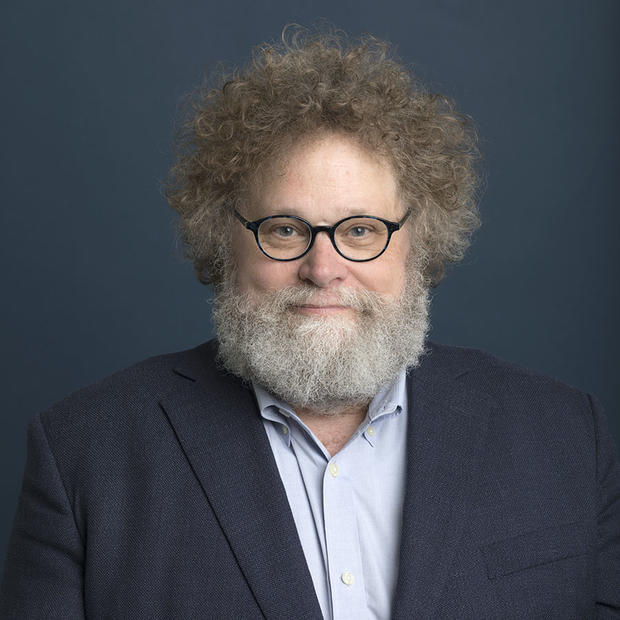The bulldozers have always been busy in Southern California. The good news is that it has resulted in modern architecture worth saving, from Googie diners to mid-century modern gems. One of these is the Century Plaza Hotel, the centerpiece of Century City which was built in the mid-1960s to help stimulate growth between Beverly Hills and Santa Monica. The architect was Seattle-born-and-educated Minoru Yamasaki who studied architecture at the University of Washington. His designs and buildings are treasured by fans of modern architecture.
We in Seattle well know his influence. Yamasaki designed the modern-gothic Pacific Science Center, originally the U.S. pavilion at the 1962 Seattle world's fair. He later designed the city's classy IBM building, and later still the more controversial 1970s Rainier Tower that rises from a tall, slender pedestal in the downtown core. He's most famous for the World Trade Center towers, icons when they were built and even as ruins when the outlines of their arched gothic windows seemed to sanctify the rubble.
The Los Angeles Times has a piece about the Century Plaza, which is slated to be torn down for a major new development on the site. Mid-century modern preservationists are alarmed and the Los Angeles Conservancy has put it on their endangered list. The Times piece tells a bit of the Century Plaza's story:
Minoru Yamasaki was the hotel's architect. From a childhood in a Seattle slum, he rose in a career that landed him the cover of Time. He rejected the classicism of early modernism for buildings that inspired through shape and decoration.
Century Plaza construction began in '64 and finished in '66. Alcoa supplied its new, gold-anodized aluminum to allow for maximum glass and light. To eliminate the gloomy straight halls of early hotels, Yamasaki swept the Century Plaza in a broad arc across the hilltop at the development's center. To keep the lobby open, he buried 32 shops, restaurants and a ballroom below grade.
Donald A. Robbins, senior designer for manager Western International Hotels, decorated the 800 guest rooms. Each had cutting-edge luxuries: wide sliders that opened onto balconies with an ocean or a mountain view, soundproofed walls, central air and heating, electric blankets, built-in vanities, ice machines, radios in the nightstands, and color television a decade before it reached most American homes.
The Times' Sam Watters argues that the hotel should be saved. The problem isn't condition (it had a $36 million face-lift not long ago). It's that the new developer wants to maximize profit. But LA can do better:
International cities become great by preserving their cultural achievements. They refurbish, recycle and expand noted buildings, creating unique urban experiences that define for the world what makes Paris Paris and Madrid Madrid. Great cities do not do trash the past. They use it to enrich the future.


